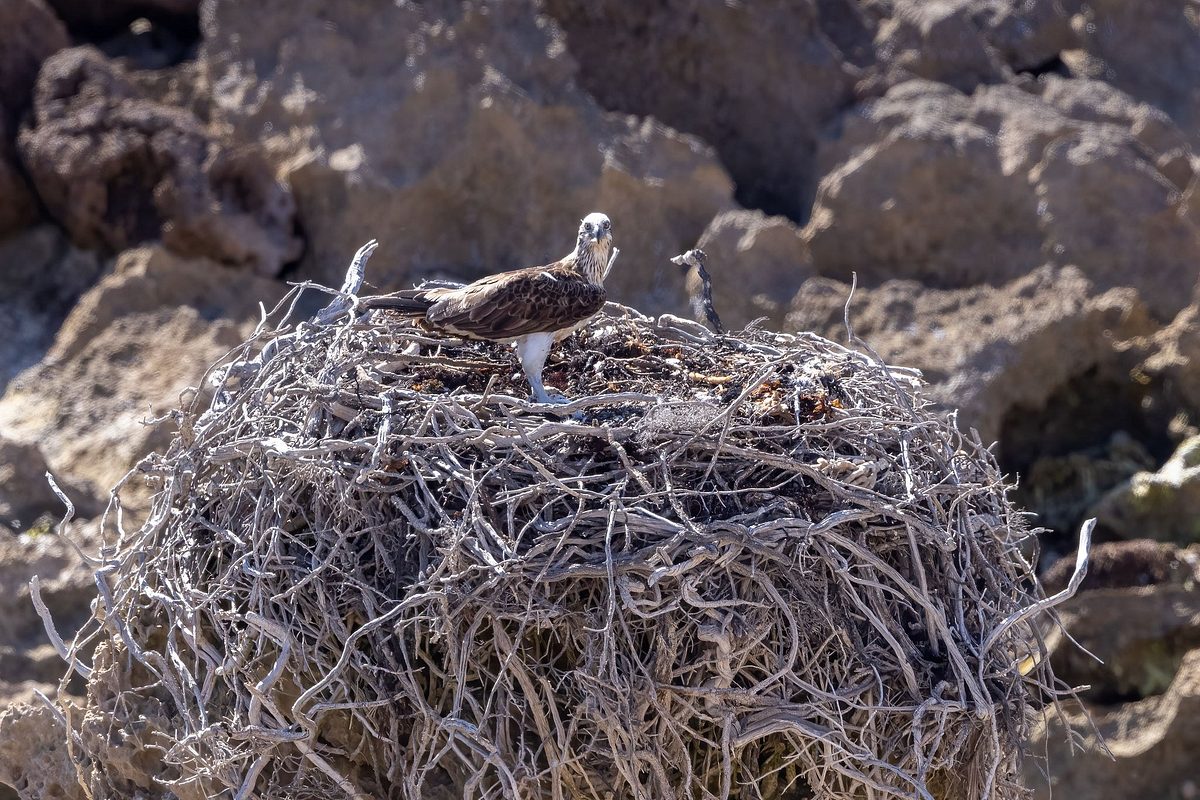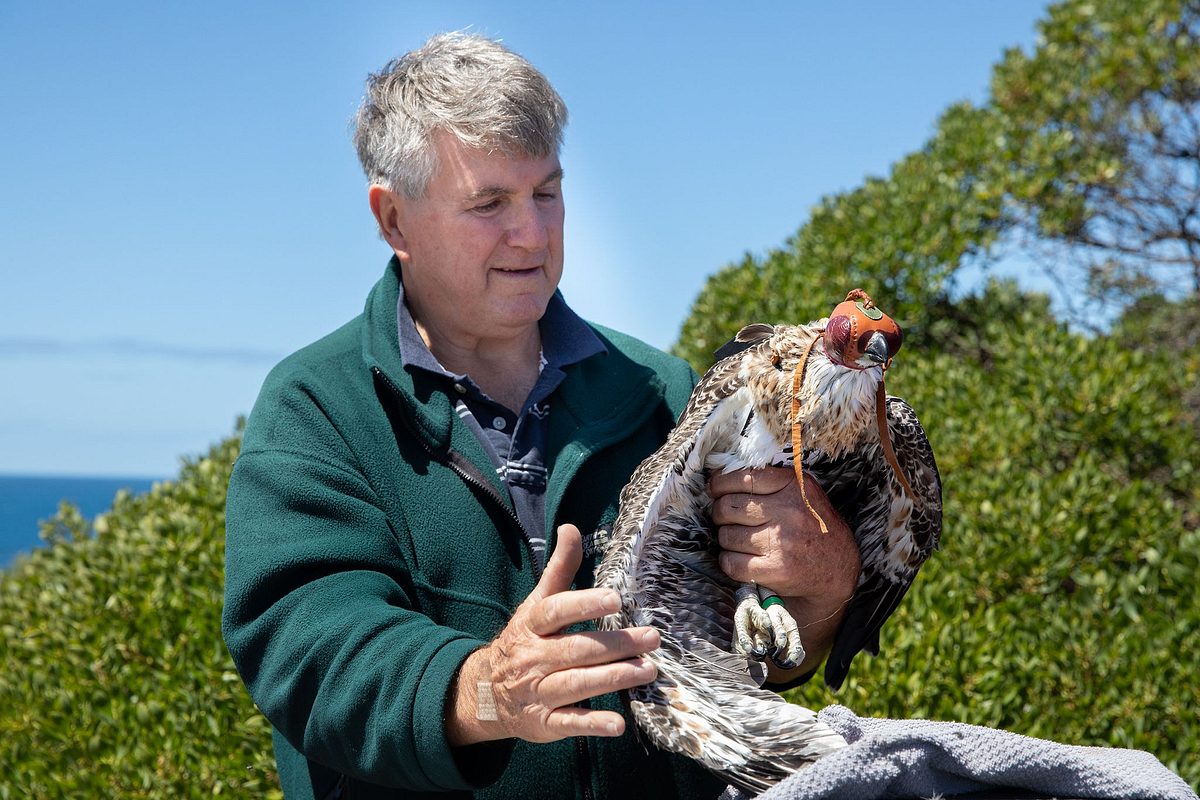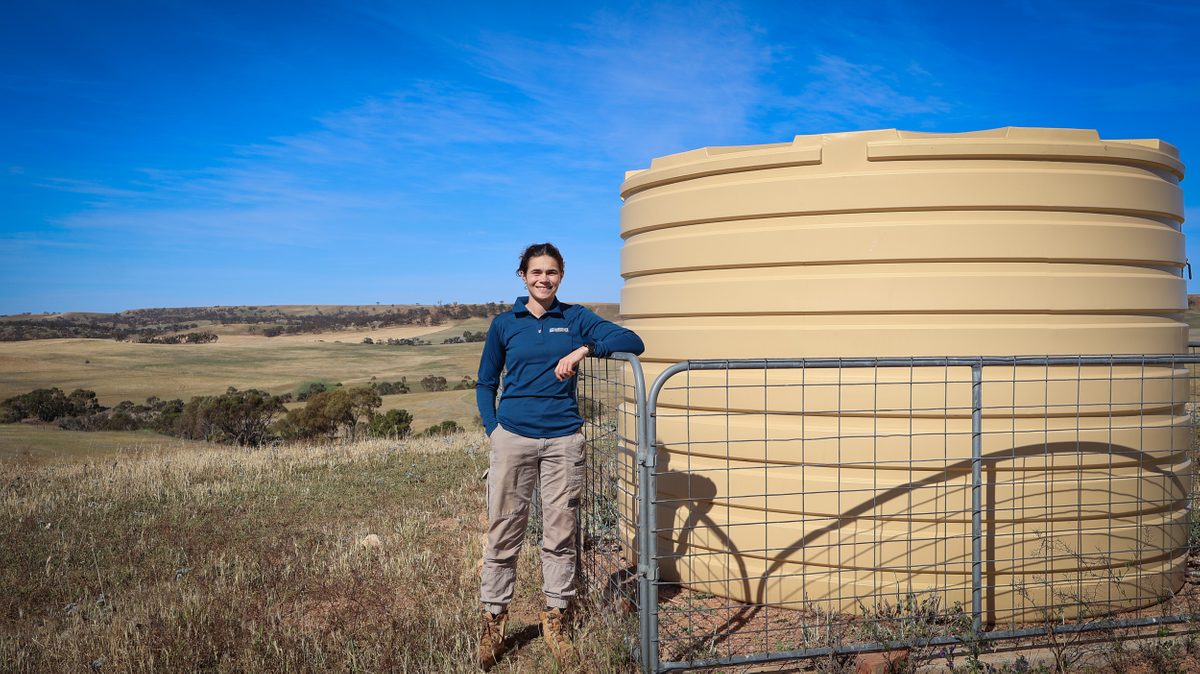5 surprising facts about eastern ospreys
Did you know that the endangered eastern osprey is starting to breed on Yorke Peninsula again?
After it was found between 2014 and 2016 that there were no breeding pairs left on the mainland, now 4 osprey pairs have returned thanks to a community-led project to install artificial nest platforms.
Here are 5 things you may not know about this spectacular fish-eating raptor.
1. Their underwater eyesight is a superpower
While they’re not the fastest raptor in South Australia, they have tremendously powerful eyesight and membranes over their eyes allow them to see underwater when they dive into the sea to catch fish.
It is quite a performance when an osprey hunts, as they dive almost vertically down into the water. They also have special spines on their feet, so they can hold onto their slippery prey as they carry it off to a secure perch or nest.

2. Stickybeak humans can upset them
Ospreys are generally tolerant of people, but when it comes to breeding time, they’re very sensitive to human interference and disturbance, particularly above their nest.
They often nest below the top of a cliff, so it’s common for curious people walking along clifftops to peer down to observe the birds. Unfortunately, most raptors won’t tolerate this kind of intrusion and will abandon their nest fairly quickly.
And this is often when opportunistic pacific gulls and crows swoop in and take the eggs.

3. Their eggs are also prone to fox predation
Some ospreys build nests that are on low stacks or the ground on off-shore islands, which have been found to be vulnerable to foxes. On Tumby Bay Island, a remotely-operated video camera was set up to monitor an osprey nest, revealing that a fox was the culprit for the osprey pair’s breeding failures.
4. Ospreys are open-minded about artificial nest platforms
What’s been found in the Northern Hemisphere is that ospreys adapt very well to artificial nest platforms. In fact in some areas of Europe and America, 50% of the ospreys are now found on artificial nesting platforms. So far in South Australia, 11 platforms have been installed, with 7 of those on Yorke Peninsula. Out of the 11 SA platforms, 6 have already been taken up by breeding ospreys. Read the story about Coobowie's osprey platform.

5. A little bit of nest-building help goes a long way
When an artificial nest platform is installed, it’s important that it has a nest of sticks and seaweed on top. Giving the birds a head start in the nest department helps to attract the ospreys to the platform and adopt it as one of their nesting territories. A group of year 7 students at Yorketown Area School helped the Northern and Yorke Landscape Board create 6 nests for artificial platforms, by weaving sticks and seaweed together on a steel grid. The first nest was lowered by helicopter onto the artificial nest platform at Coobowie on Yorke Peninsula and just 4 hours later, two ospreys flew in and have been seen there every day since! View the video.
Thanks to Ian Falkenberg, Friends of Osprey coastal raptor expert for sharing his knowledge about eastern ospreys for this article.
Ian is an advisor to the Southern Yorke Peninsula Landcare Group, which has coordinated the eastern osprey recovery project, installing 7 artificial nest platforms along Yorke Peninsula’s coastline.



